by Taylor Damonte, Ph.D., director of the Clay Brittain Jr. Center for Resort Tourism, and Gary Loftus, director of the Grant Center for Real Estate and Economic Development, E. Craig Wall Sr. College of Business Administration, Coastal Carolina University
The trend lines for the average rate of change for lodging reflect the direction and rate of change in lodging business performance. The graphs to the right show the 52-week average rate of change during each rental week between July 13, 2014, and July 14, 2018. Each point on the lines reflects the 52-week average rate of growth (or, if below zero, the rate of decline) in business performance at one historic moment in time. The slope of the lines reflects the rate of increase or decrease in the rate of change from week to week. The metrics being analyzed by the centers are the 52-week average rate of change in average percent occupancy (APO), average daily rate (ADR) and average revenue per unit. Results for two combined segments of the transient lodging industry are shown. These are the nightly rented hotel, condo-hotel and campsite (HC-HC) segment, which consists of sleeping spaces rented on a nightly basis, and vacation rental properties (VRPs), which are both home and condominium units that are rented on a weekly basis. Calendar rental weeks are numbered 1-52 and are indicated on the horizontal axis of the graphs. Peaks and troughs in the 52-week average rate of change for each metric are labeled for ease of reading.
For the Brittain Center’s sample of HC-HC properties (see the CVB Insider), the 52-week average rate of change in average percent occupancy began improving in August 2016 and now rests at 0.2 percent, which is just below its long-term rate of growth of 0.4 percent during the most recent five years. The moving average rate of change for average daily rate (ADR) for HC-HCs now stands at 0.4 percent, well below its long-term rate of change of 4.6 percent. Readers may also note brief dips or spikes in the trend lines, such as the spike that occurred during week 15 of 2018, during which the Easter holiday fell two weeks earlier on the calendar than it had in 2017.
After rising to its long-term average of 0.7 percent by the end of April 2017, the 52-week moving rate of change in average percent occupancy (APO) for the Brittain Center’s scientifically random sample of Horry County VRPs (217 units weekly) declined during most of the spring and now rests at negative 4.3 percent. After peaking at 4.6 percent at the end of May 2017, which was well above its long-term average rate of change of 1.5 percent, the 52-week rate of change in average advertised price (AWR) fell as low as negative 4.3 percent at the end of May 2018. Nevertheless, most recently it has begun rising again and now stands at negative
3 percent.
Currently, the 52-week average rate of change in revenue per available unit/per bedroom (RevPAU/RevPAB) for both the Center’s sample of nightly-rented hotels, condo-hotels, and campsites and the Center’s sample of weekly-rented vacation rental properties appears to be rebounding from the lows reached at the end of May 2018. For the nightly rented HC-HCs, the average rate of change in RevPAU as of mid-July 2018 stood at 0.6 percent. The long-term rate of change for this metric since July 2014 has been 5 percent. For the weekly rented VRPs, the 52-week average rate of change in RevPAB now stands at negative 6.3 percent. The long-term average rate of change for this metric since July 2014 has been 2.2 percent.
In the February 2018 Grand Strander, these authors pointed out that the metrics reported herein are reflective of the relative strength of lodging industry performance metrics, which can be impacted by changes in the level of supply. It was also pointed out that the Myrtle Beach area has seen at least two new lodging properties open since the years of the great recession, and that some properties that were originally built as condo-hotel units have been converted to timeshare and are now being marketed by nationally/internationally prominent vacation ownership companies. Construction of new lodging product continues,
and as they are completed these higher-density properties
replace smaller, less competitive lodging structures.
The performance trends described herein are representative of two discrete lodging industry categories grouped only by their most common rental period, nightly or weekly rental. Each of
the product and rental categories within these two groupings
may exhibit different levels of performance strength, either under- or out-performing the segment averages reported herein during any period. Companies participating in CCU’s lodging industry research have access to segment-level results and are therefore able to evaluate the performance of more narrowly defined industry groups.
If you represent a lodging management company and you would like to become a participant in the centers’ research and receive weekly segment-level results and six-week occupancy forecasts, feel free to contact Taylor Damonte, tdamonte@coastal.edu, or Gary Loftus, gloftus@coastal.edu, at Coastal Carolina University.


